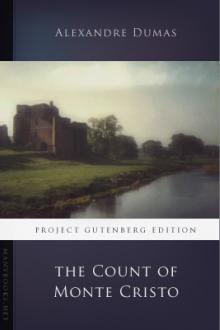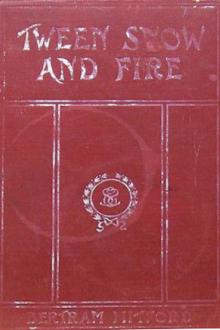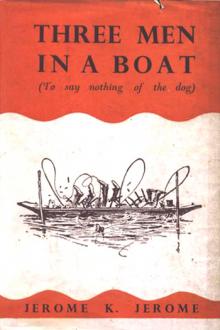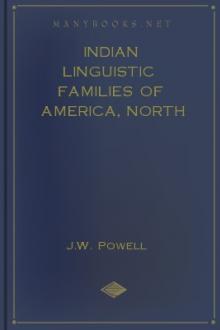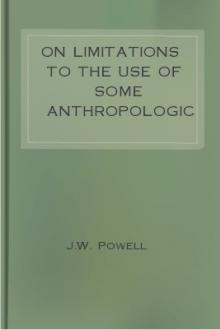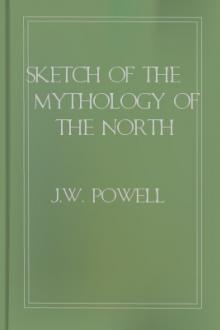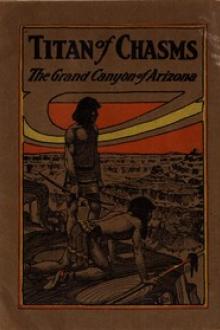Canyons of the Colorado
Canyons of the Colorado
The exploration was not made for adventure, but purely for scientific purposes, geographic and geologic, and I had no intention of writing an account of it, but only of recording the scientific results. Immediately on my return I was interviewed a number of times, and these interviews were published in the daily press; and here I supposed all interest in the exploration ended. But in 1874 the editors of Scribner's Monthly requested me to publish a popular account of the Colorado exploration in that journal.
Book Excerpt
d Papagos. They are skilled agriculturists, cultivating lands by irrigation. In the same region many ruined villages are found. The dwellings of these towns in the valley were built chiefly of grout, and the fragments of the ancient pueblos still remaining have stood through centuries of storm. Other pueblos near the cliffs on the northeast were built of stone. The people who occupied them cultivated the soil by irrigation, and their hydraulic works were on an extensive scale. They built canals scores of miles in length and built reservoirs to store water. They were skilled workers in pottery. From the fibers of some of the desert plants they made fabrics with which to clothe themselves, and they cultivated cotton. They were deft artists in picture-writings, which they etched on the rocks. Many interesting vestiges of their ancient art remain, testifying to their skill as savage artisans. It seems probable that the Pimas, Maricopas, and Papagos are the same people who built the pueblos and constructed the irr
Editor's choice
(view all)Popular books in Science, History, Travel
Readers reviews
0.0
LoginSign up
Be the first to review this book
Popular questions
(view all)Books added this week
(view all)
No books found
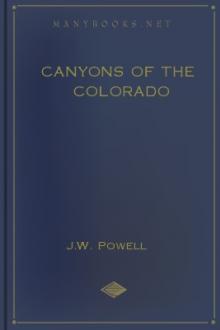
 Free Download
Free Download












